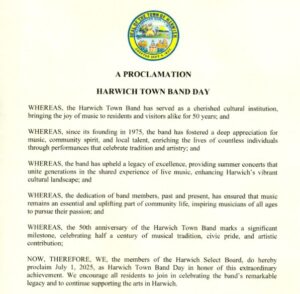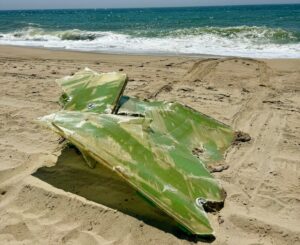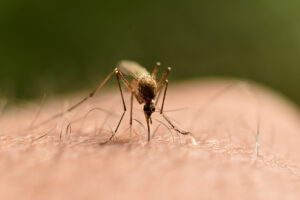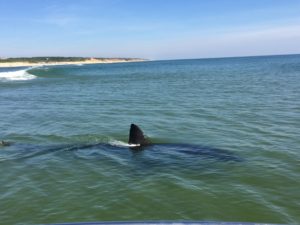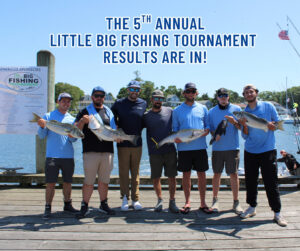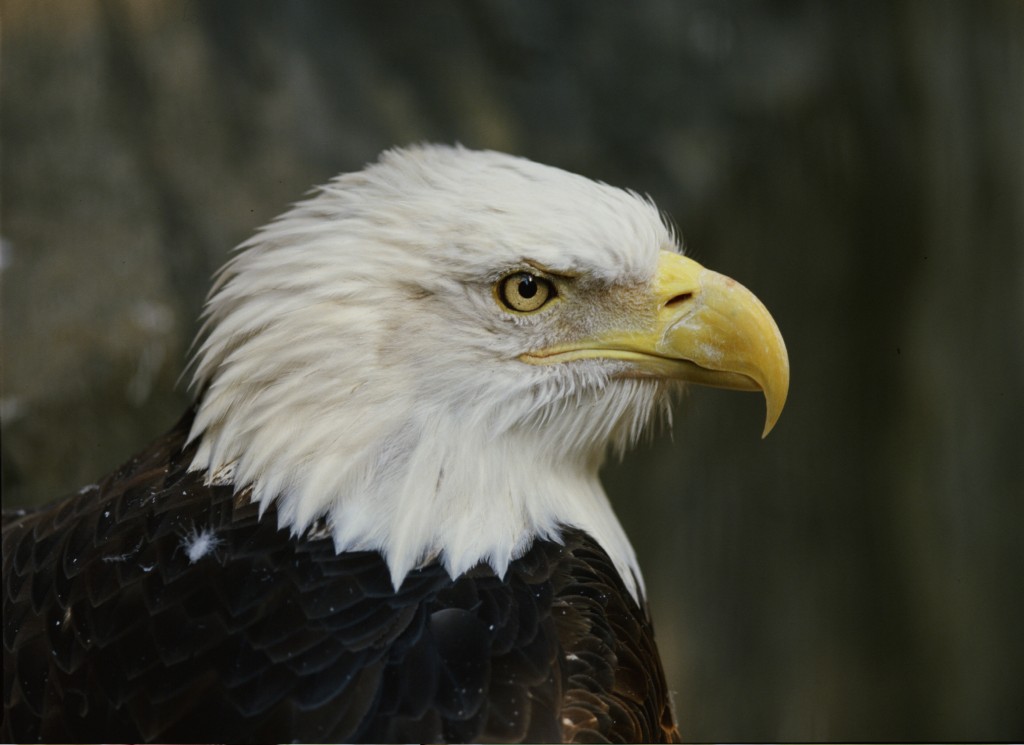 Bald Eagles are a symbol of patriotism and, perhaps, a bit of exclusivity – they’re the sort of legendary creature you can usually see climbing the soaring heights of Yosemite or trekking the trepidatious Tetons.
Bald Eagles are a symbol of patriotism and, perhaps, a bit of exclusivity – they’re the sort of legendary creature you can usually see climbing the soaring heights of Yosemite or trekking the trepidatious Tetons.
But those seeking a peek at the national bird can, in fact, spot them in unexpected places, mingling in our fair state of Massachusetts, although it’s very rare here on Cape Cod. In fact, the first nest in over 100 years was spotted on the Cape just this past spring.
Seagulls are a dime a dozen. Ospreys are only here for part of the year. But to behold a Bald Eagle – that’s a Cape Cod experience sure to stick around in your mind, and hopefully inspire an appreciation for the land that the birds so gracefully soar above.
What You Need to Know About the Birds
These aren’t your typical titmice, commonplace chickadees or poofy little plovers. Bald Eagles are extremely territorial, seven-foot-wide scavengers who live in tall trees near water bodies stocked with fish.
Unfortunately, as scavengers, they’re liable to swoop down onto the roadway after fresh kills, often falling under the same circumstances as their prey. While most of their deaths are due to altercations with each other, the use of an insecticide called DDT in the 1970s eviscerated their population across the nation. Development is another factor: estimated nationwide Bald Eagle populations in the 1700s range from 300,000 to 500,000. But as human populations boomed in the 20th century, eagle numbers dipped as low as 500.
Locally, wildlife officials had to transport 40 juveniles to Massachusetts in order to reboot their populations. In 1987, there were only two nesting pairs in the state. Now, there’re over 50.
Their behavior is typified by stealing and hunting: they’ll take food from other birds of prey, but they’re just as likely to pick up rotting carcasses from the ground. But as stated above, their favorite food is fish, and likewise, they’re more than likely to be seen near water.
If you see what appears to be an eagle, except there’s no white head, you’re still very likely staring at an immature Bald Eagle. While North America is also home to the brown-headed Golden Eagle, those are extremely rare in our region.
How to Behave Around Bald Eagles
Birding brings with it an important code of ethics. Don’t try to lure in an eagle by playing recorded sounds of its calls. Don’t come within 100 feet of a bird or nest. Don’t make any loud noises when in the vicinity of the eagles. These guidelines are for your safety as well as the birds’.
You’re much more likely to hear an eagle, or any bird for that matter, before you see one. Familiarize yourself with their calls – they don’t sound like how you think they might. That screechy sound you hear in the movies? That actually belongs to a Red-Tailed Hawk.
How Likely are You to See Bald Eagles on Cape Cod?
Many of the habitats found on Cape Cod, particularly ones away from developments, are suitable for eagle nesting. But while sightings of the birds have exponentially increased in recent years, so far, birders hadn’t spotted any nests… until this year.
Just a few years ago, it was incredibly rare to see an eagle on the Cape, or even in Southeastern Massachusetts. Lately, however, an increase in the number of sightings leads some scientists to believe that there may be a nest on the Cape for the first time in about 100 years. This was confirmed in May.
Birdwatching is a patient activity. You cannot ever expect to see anything, especially not in a region so ensconced by human development. But equipped with some knowledge about the bird’s habits, a pair of binoculars, and this patience and preparation will pay off in an extraordinary sight.
Where to See Bald Eagles on the Cape
Your best bet at spotting an eagle would be at one of the following locations. Keep in mind that, while Bald Eagle sightings on Cape Cod are possible any time of year, their most active season here is during the winter.
Mashpee-Wakeby Pond, Mashpee
Bell’s Neck Conservation Area, West Harwich
Wellfleet Bay Wildlife Sanctuary, Wellfleet
Cape Cod Canal area, Bourne (particularly in the winter)
Great Sippewissett Marsh & Black Beach, Falmouth
Lake Waququet, Centerville
Pilgrim Heights, North Truro
Herring Cove and Race Point, Provincetown
North Beach, Chatham
Santuit Pond, Mashpee
Crane Wildlife Management Area, Falmouth
Snake Pond, Sandwich
Salt marshes in general are fruitful habitats for Bald Eagle observation.
Cape Cod Birding Resources
The above locations are excellent birding locations in their own right, but don’t limit yourself, as there are plenty more in the region.
The Cape Cod Bird Club offers free guided bird walks every month, and you don’t even need to be a member to join.
But if you’re more of a solitary nature lover, or if you’re hoping to see one species right now, check ebird.
Lastly, you can help eagles and countless other species by being a proponent of responsible conservation practices. After all, eagles nest in trees, and if those resources are constantly under threat from development, they may be dissuaded from living here.
If there’s a land trust, conservation society or environmental activist organization in your town (and, if you live anywhere on Cape Cod, there likely is), ask them about what issues they are facing and what you can do to help.
By CapeCod.com Staff






